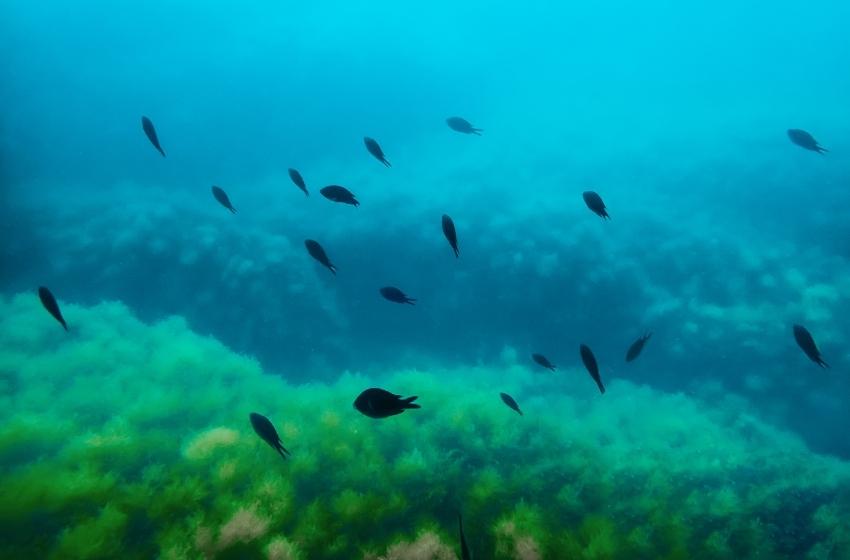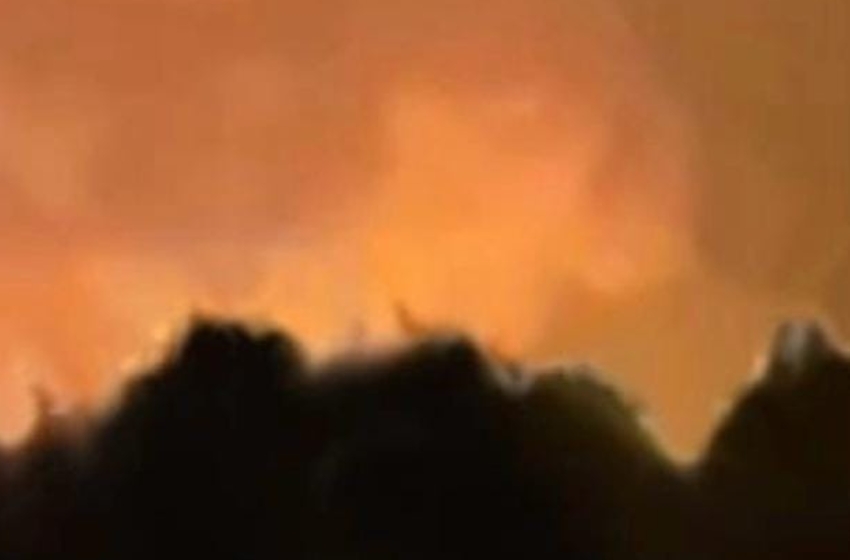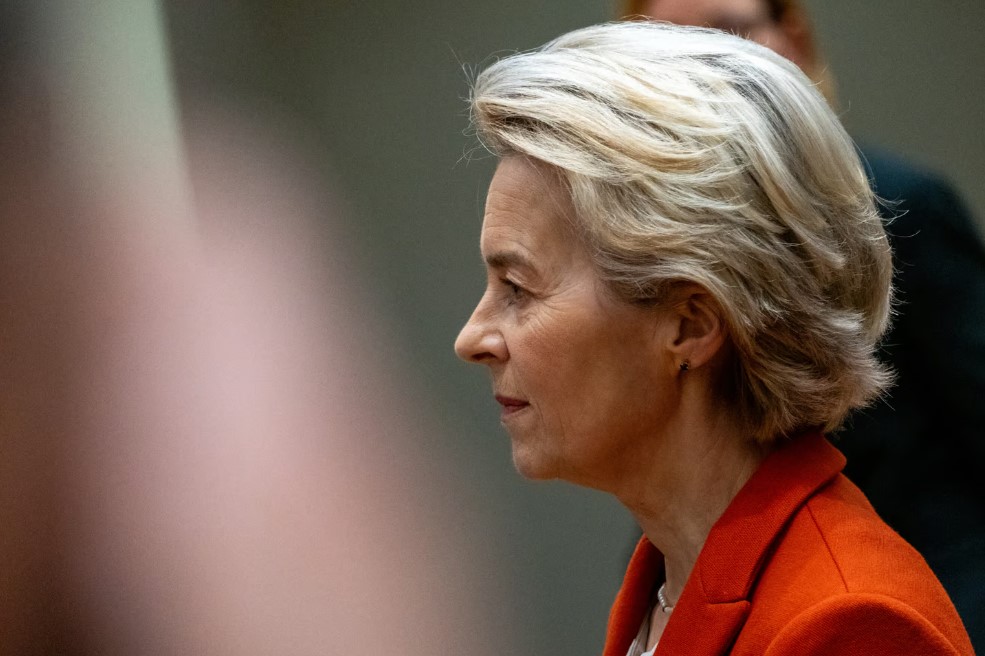There are far fewer inhabitants in the Black Sea than in neighbouring seas. While there are 10,000 known species in the Mediterranean Sea, about half as many (5600) species can be found in the Black Sea. But this does not make it scarcely inhabited or lifeless. On the contrary, the Black Sea is nearly equal to the Mediterranean in terms of its quantity, productivity, and biomass volume of living organisms. The reason for the relatively low diversity of species in the Black Sea is primarily a function of low salinity (half as much as the ocean) and also temperature conditions (cold winters), which are not suitable for many cephalopods, starfish, sea urchins, lobsters, and other animals that are accustomed to the ocean's salinity and subtropical climate.
Of course, the majority of the Black Sea’s inhabitants are small organisms, some of which cannot be seen with the naked eye: unicellular algae (almost 2800 species!), minute crustaceans (390 species), marine fungi (175 species are described, but every year new species are discovered in this group; they are hard to study). The group of relatively large algae and seed plants includes 453 species. Among macroscopic invertebrates, there are molluscs (bivalves and gastropods), shrimps, crabs, and the Diogenidae hermit crab, the latter of which used to live in the cast-off shells of small Black Sea molluscs, and therefore did not grow particularly large, but after the invasion of a huge, predatory rapana snail, the hermit crab quickly grew into its more spacious living quarters; it turned out that the crab was limited only by its dwelling. Another interesting case is the union of Diogenidae and sea anemone - the only representative of corals in the Black Sea. The hermit crab chooses the anemone it likes and settles it on the ‘roof’ of its ‘house’; the tentacles of the anemone protect the crab from enemies, and the soft-bodied coral gets food remnants and free transport.
The Black Sea is inhabited by over 200 species of fish, of which more than 150 are endemic; the others are invaders and ‘guests’ from other bodies of water. For example, the so-iuy mullet (Planiliza haematocheilu), native to the Japan Sea, successfully took root throughout the Azov-Black Sea basin. The most widespread and valuable species are anchovy, sprat, and herring. There is a variety of fancy blennies (10 species), bright wrasses (10 species) and gobies (more than 30 species); the lattermost category includes the smallest Black Sea fish - aphia minuta or transparent goby. There are also Chondrichthyes in the Black Sea - dogfish - the only shark permanently living in the Black Sea, and rays – both the common stingray and the thornback ray. The largest Black Sea fish is the beluga, one of the seven species of sturgeon in the sea.

The highest position in the food chain of the Black Sea ecosystem is occupied by 3 main Black Sea predators: bottlenose dolphin, common dolphin, and harbour porpoise. Middle-sized common dolphin with their bright contrasting colours can be found mainly in the open sea, where these high-speed predators chase large schools of small fish. The bottlenose dolphin is the largest Black Sea mammal; it is often observed near coasts. These dolphins are playful and curious, and can come close to beaches, jump out of the water, and put on a real show. Small and secretive harbour porpoises live in the Black Sea all year round. In spring, a pack of these sea animals migrates to the Sea of Azov through the Kerch Strait, following the stocks of anchovy to spend summer there and to come back in autumn for wintering in warmer waters.
The biodiversity of the Black Sea is not unchangeable. Some species become rare and extinct, but at the same time other organisms may become more plentiful. Global climate change also influences the colonisation of the Black Sea. As the earth warms, the sea becomes a little warmer and saltier, which makes it more hospitable for life of some species, and less so for others. In their research, scientists have discovered numerous previously-unknown species in the Black Sea.
The publication was prepared with the financial support of the EU – UNDP project ‘Improving Environmental Monitoring in the Black Sea: Selected measures’ (EMBLAS-Plus). This publication was produced with the financial support of the European Union and UNDP. Its contents are the sole responsibility of the authors and do not necessarily reflect the views of the European Union or UNDP.
Authors: B. Aleksandrov, O. Adrianova, N. Atamas, V. Bolshakov, O. Bondarenko, I. Chernichko, V. Demchenko, S. Dyatlov, Y. Dykhanov, E. Dykyi, O. Garkusha, P. Gol’din, S. Hutornoy, V. Komorin, Y. Kvach, V. Mamaev, O. Manturova, O. Marushevska, A. Mikelyan, Yu. Mikhalev, G. Minicheva, I. Sinegub, T. Shiganova, J. Slobodnik, A. Snigiryova, M. Son, K. Vishnyakova, A. Zotov. Illustrator: I. Pustovar.






















